Politics
Modi calls Trump tariffs ‘unjustified’, unveils tax cut incentives
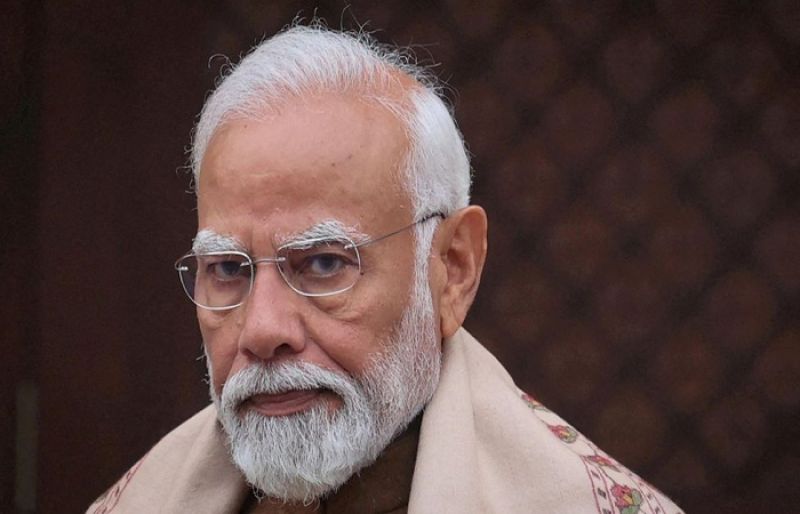

Indian Prime Minister Narendra Modi’s plan to reduce consumption taxes on everyday goods could provide billions of dollars in annual relief and stimulate demand in an economy preparing for potential US tariffs, experts say.
US President Donald Trump has warned he may double import duties on India from 25% to 50% in response to New Delhi’s purchase of Russian oil, arguing such transactions help Moscow finance its war in Ukraine.
The threat has cast uncertainty over the outlook for the world’s fifth-largest economy, with Indian exporters cautioning about declining orders and significant job losses.
Calling Washington’s move “unfair, unjustified and unreasonable,” New Delhi is working to cushion the impact.
Modi, during his recent Independence Day address, pledged to “reduce the tax burden on the common man.”
The proposed cuts to the goods and services tax (GST) would make items ranging from small cars to air conditioners more affordable for consumers, according to economists.
Currently, the GST functions under a four-tier structure, with rates spanning from five to 28%. Under Modi’s plan, most goods would be simplified into just two categories, taxed at either five or 18%.
The Indian leader has called the change a “Diwali gift”, a reference to the annual Hindu festival of lights when consumers splurge on everything from gold and clothes to consumer electronics.
‘Sizeable savings’
Trump’s tariffs — and their impact on ordinary Indians will hinge on how much progress is made towards a Russia-Ukraine peace deal, and whether New Delhi can secure alternative oil suppliers before the US president’s August 27 deadline.
But experts say Modi’s tax reform could help shore up demand by reducing tax collections by between $13 billion and $17 billion.
Analysts at Emkay Global Financial Services called the policy a “welcome reform towards boosting domestic consumption”.
They estimated that about the vast majority of items currently subject to the top 28% rate would be taxed at 18%, while “nearly all” in the 12% tier would move into the 5% bracket.
Analysts at Motilal Oswal, an Indian financial services firm, said the changes would bring benefits to a wide range of sectors and “sizeable savings” to households.
The fate of the proposal ultimately rests with the GST Council, which includes representatives from state governments and has struggled to achieve broad consensus in the past.
If approved, the cuts would strain public finances, according to experts.
However, they said, they could also help to offset tariff risks and burnish Modi’s credentials among the middle class.
The proposal comes ahead of expected elections later this year in Bihar, a large, Hindu-majority state of 130 million people that is a key political battleground for Modi.
“The popular economic narrative right now is that of Trump’s 50% tariffs and how the US-India relationship is seeing setbacks,” Deepanshu Mohan, economist at OP Jindal Global University, told AFP.
“The GST readjustment is a strong response from Modi in that context. It’s Modi telling the middle class: ‘We are trying to make sure you have enough at your end,'” Mohan said.
But, he added, it was also an acknowledgement that India’s economy had not worked for its “low middle-income class for some time”.
US-India Trade Tensions
Although economists have long urged an overhaul of the GST framework, Modi’s unexpected announcement comes at a time when US-India relations have sunk to a multi-decade low.
Experts warn that without a trade agreement, Trump’s proposed tariffs could push India’s GDP growth below 6% this fiscal year lower than the Reserve Bank of India’s projection of 6.5%.
India’s position on Russian oil imports will become clearer by late September, as most of this month’s shipments were contracted before Trump’s threats, according to trade intelligence firm Kpler.
Kpler analyst Sumit Ritolia told AFP that while Indian refiners are showing “growing interest” in US, West African, and Latin American crude, this reflects “greater flexibility, not a deliberate pivot.”
“Unless there is a clear policy shift or a sustained change in trade economics, Russian supplies will remain a central part of India’s crude basket,” Ritolia added.
Meanwhile, the outlook for US-India trade talks remains uncertain as the tariff deadline draws closer.
New Delhi insists it is committed to reaching a deal, but Indian media reports suggest Washington has postponed a planned late-August negotiating visit to New Delhi.
Politics
White House says Trump MRI was preventative, president in excellent health
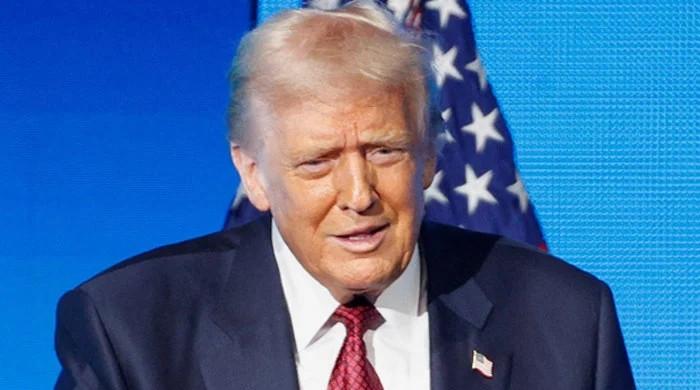

WASHINGTON: The White House has said that President Donald Trump is in good health, even as people continue to question how his age may affect his performance as the country’s most powerful man.
White House press secretary Karoline Leavitt said on Monday that a recent MRI conducted on President Trump was preventative in nature and revealed that he was in good cardiovascular health.
Speaking to reporters at a press briefing at the White House, Leavitt said men of Trump’s age benefited from such screenings.
‘President Trump’s cardiovascular imaging was perfectly normal, no evidence of arterial narrowing, impairing blood flow or abnormalities in the heart or major vessels,’ Leavitt said of the 79-year-old president.
‘The heart chambers are normal in size. The vessel walls appear smooth and healthy, and there are no signs of inflammation or clotting. Overall, his cardiovascular system shows excellent health. His abdominal imaging is also perfectly normal,’ Leavitt said.
Trump underwent a magnetic resonance imaging scan during a recent medical evaluation, but did not disclose the purpose of the procedure, which is not typical for standard check-ups. The lack of details raised questions about whether full information regarding the president’s health is being released in a timely fashion by the White House.
Trump is sensitive about his age and well-being. He personally attacked a female New York Times reporter on social media last week over a story she co-wrote examining the ways that Trump’s age may be affecting his energy levels.
Politics
Tajikistan says five Chinese nationals killed in cross-border attacks from Afghanistan in past week
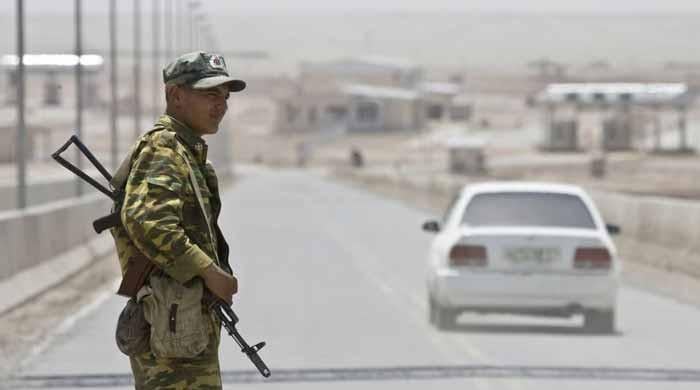
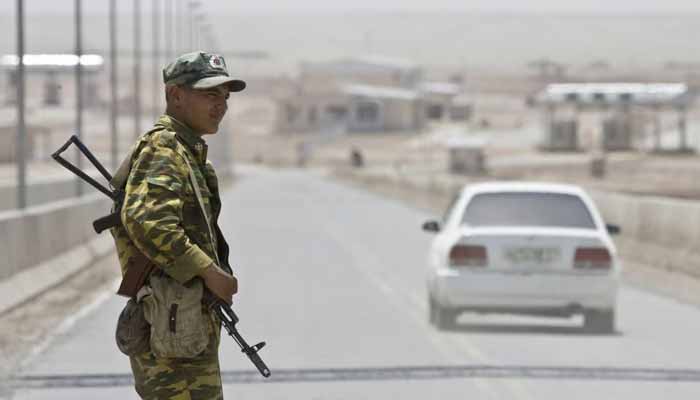
- China advises companies, personnel to evacuate border area.
- Embassy says Chinese citizens targeted in armed attack on Sunday.
- Another border attack on Friday killed three citizens: embassy.
Five Chinese nationals have been killed and five more injured in Tajikistan in attacks launched from neighbouring Afghanistan over the past week, Tajik authorities and China’s embassy in the Central Asian country said on Monday.
China’s embassy in Dushanbe, the capital, advised Chinese companies and personnel to urgently evacuate the border area.
It said that Chinese citizens had been targeted in an armed attack close to the Afghan border on Sunday. On Friday, it said that another border attack — which Tajik authorities said had involved drones dropping grenades — had killed three Chinese citizens.
Tajikistan, a mountainous former Soviet republic of around 11 million people with a secular government, has tense relations with the Taliban authorities in Afghanistan. It has previously warned of drug smugglers and illicit gold miners working along the remote frontier.
China, which also has a remote, mountainous border with Tajikistan, is a major investor in the country.
There was no immediate response on Monday from the authorities in Afghanistan to the Tajik statement.
But Afghanistan’s foreign ministry last week blamed an unnamed group, which it said was out to create instability, and said it would cooperate with Tajik authorities.
Tajik President Emomali Rahmon’s press service said on Monday that Rahmon had met with the heads of his security agencies to discuss how to strengthen border security.
It said that Rahmon “strongly condemned the illegal and provocative actions of Afghan citizens and ordered that effective measures be taken to resolve the problem and prevent a recurrence of such incidents.”
Tajikistan endured a brutal civil war in the 1990s after independence from Moscow, during which Rahmon initially rose to power. The country is closely aligned with Russia, which maintains a military base there.
Millions of Tajiks, a Persian-speaking nation, live across the border in Afghanistan, with Tajikistan historically having backed Afghan Tajiks opposed to the Taliban.
Politics
Indian man kills wife, takes selfie with dead body
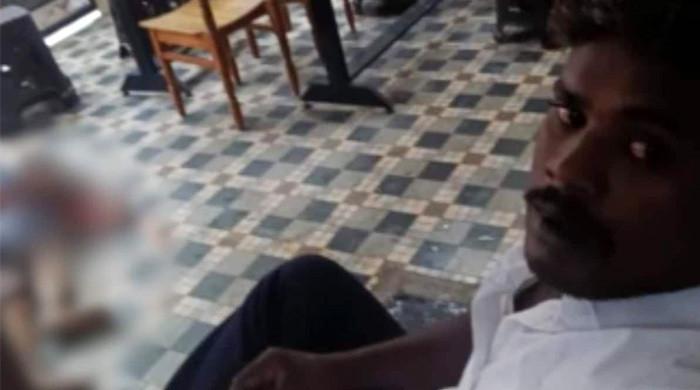

A man in India’s south brutally killed his estranged wife at a women’s hostel and took a selfie with her dead body, according to NDTV.
The victim, identified as Sripriya, employed at a private firm in Coimbatore, Tamil Nadu, had separated from her husband, Balamurugam, who was from Tirunelveli.
Police said the suspect arrived at the hostel on Sunday afternoon, concealing a sickle in his clothes, and was seeking to meet her.
They had an argument soon after the couple met, and the feud turned into a violent attack by Balamurugan, who drew the sickle and hacked the woman to death.
Furthermore, the police said he then took a selfie with her body and shared it on his WhatsApp status, accusing her of “betrayal”.
The incident spread panic and chaos in the hostel.
Following the brutal murder, the suspect did not escape from the spot but waited until the police arrived, and he was arrested at the crime scene. The murder weapon was recovered.
The initial investigation suggested that he suspected his wife of being in a relationship with another man.
-

 Sports1 week ago
Sports1 week agoWATCH: Ronaldo scores spectacular bicycle kick
-

 Entertainment1 week ago
Entertainment1 week agoWelcome to Derry’ episode 5 delivers shocking twist
-

 Politics1 week ago
Politics1 week agoWashington and Kyiv Stress Any Peace Deal Must Fully Respect Ukraine’s Sovereignty
-

 Business1 week ago
Business1 week agoKey economic data and trends that will shape Rachel Reeves’ Budget
-

 Tech6 days ago
Tech6 days agoWake Up—the Best Black Friday Mattress Sales Are Here
-

 Politics1 week ago
Politics1 week ago53,000 Sikhs vote in Ottawa Khalistan Referendum amid Carney-Modi trade talks scrutiny
-

 Fashion1 week ago
Fashion1 week agoCanada’s Lululemon unveils team Canada kit for Milano Cortina 2026
-

 Tech1 day ago
Tech1 day agoGet Your Steps In From Your Home Office With This Walking Pad—On Sale This Week






